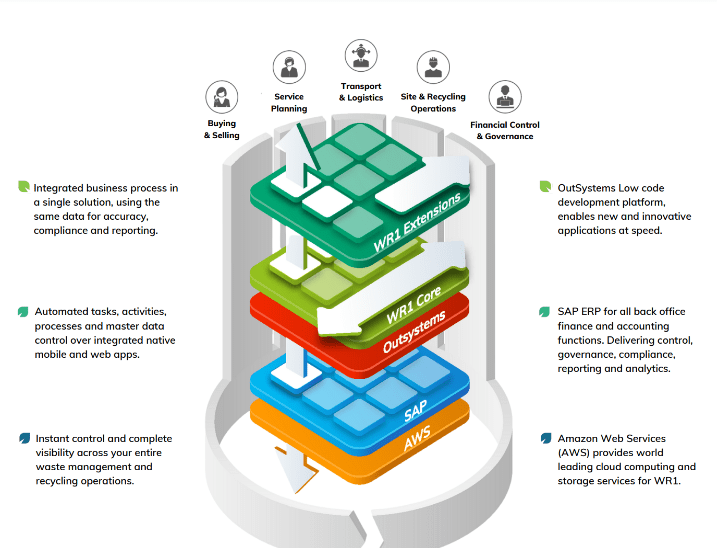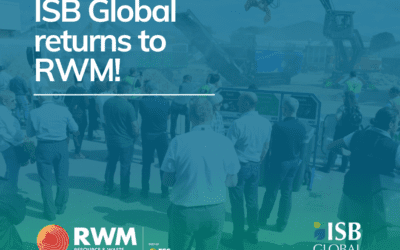Often, businesses have to build their own tech stack – the collection of platforms, tools, apps and other software that you use to run your business. But it’s almost impossible to do this well, because you never have a clear starting point.
In fact, most businesses just add technologies as they go along. So your business may have started by managing everything on spreadsheets, before bringing in an accounts software package and perhaps adding something else to manage customer interactions. Perhaps you added a route-planning application at some stage, and use a completely different piece of software to manage procurement.
This collection of software doesn’t really represent a tech stack – it represents that way that many growing businesses manage (or don’t manage) their technologies. And, in the end, it leaves a jumbled, inefficient system, where platforms can’t communicate with each other, information becomes out of date faster and one part of the business doesn’t understand how the other part operates.
Designing a tech stack for your business
Of course, you could start all over again – ditch your existing systems and design a tech stack that works for your business. To do that, you’ll need to understand the components that make a high-performance stack that works across your business.
The other, far easier, option is to work with a company that has done all that groundwork for you. They have already selected the elements of the stack that deliver the greatest advantage and they’ve integrated all the elements so that you practically have an out-of-the-box, company-wide tech solution that’s designed to work for you.
Before we look further into these two options, let’s just define the concept of a tech stack and why it matters that you get it right.
What is a tech stack?
A tech stack is a combination of tools, technologies, coding languages and frameworks, all brought together to create a dedicated solution. A good tech stack supports all elements of development, maintenance, upgrade and scalability, giving the business a secure and reliable basis for growth.
This reliability and future-proofing is an essential part of building a good tech stack. Understanding the separate elements and how they can integrate and interact with each other allows developers to build tools or applications that have strong foundations.
The key elements of a tech stack come together to deliver both a front-end solution – the part of the software that users see when they are interacting with it – and the back-end – the architecture and functionality that ensure the application works properly.
A standard tech stack is likely to have the following layers:
- Operating System: this allows the software to run smoothly and is often described as the foundation for software development. The most common operating systems are macOS, Window and Linux.
- Server: this layer is where the application is hosted, and it controls the flow of information, making sure that users get what they need, when they need it.
- Database: there may be more than one database depending on the type of software. A database is effectively a way of organising information into a structured format, allowing the software to access accurate data.
- Back-end programming language: this is the code that is used to build the software. It sets out the way the software will work, and the functionality it will have.
- Front-end framework: this is where the user-facing part of the software is created. It considers user experience, information presentation and interactivity.
Businesses are keen to lower their technology footprint and adopt technologies that streamline processes and deliver efficiencies. This means looking at a stack that can manage a wide range of different processes across the business. It’s essential to get this right, because buying and implementing the wrong technology can be a very costly mistake.
ISB Global’s unique tech stack
When our team was building Waste & Recycling One (WR1) – our cutting-edge software solution for the waste and recycling management industry – we wanted to put together the ideal tech stack. Doing this at the start of the process meant that we had control over the stack elements and were able to choose the layers that allowed us to deliver the best results for our clients.
Our tech stack looks like this:

You can see that we’ve developed a simple stack that’s powered by world-leading technologies such as Amazon Web Services and SAP ERP. That gives us all the benefits and inherent power of these technologies, which help to drive a business-wide solution.
Add to that our use of the OutSystems low code development platform, and we are able to deliver, update and create dedicated applications that meet each company’s needs. Our stack gives customers seamless integration, complete control and business-wide visibility over all processes.
You can find out more about WR1 here or access our self-serve showcase below:






